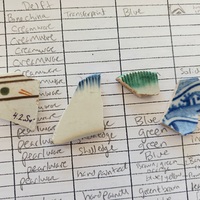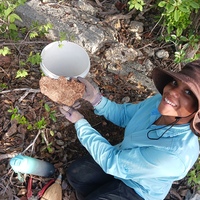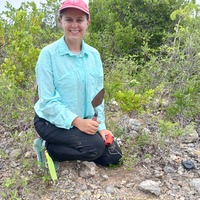Excavations
Current Project Goals:
- Locate the housing of the enslaved laborers through archaeological methodologies
- Determine the function and date of occupation of extant structures
- Learn more about and center the narratives of enslaved and maroon (self-liberated) communities
Research Questions Regarding Maritime Networks and Self-liberation:
Historical records of the Anguillan Council meetings reveal that slaveholders in the Road Division were trying to prevent enslaved laborers from escaping to St. Martin by boat, which they said occured frequently:
Anguilla, Thursday the third of July 1828.
His Honour laid before the Board certain resolutions entered into by the inhabitants of the Road and part of the Spring Division of the island arising from the present alarming situation under which they are placed from the frequent immigrations of slaves from this island to the island of Saint Martin, and praying that His Honour would write to our representative at Saint Kitts to introduce a short Bill into the House o Assembly obliging all boats and vessels to be brought to a place to be appointed by the Council of this island for security and further to prohibit foreign boats from having any communication with this island except at the Road or Crocus Bay.
Excerpt from the Council Minutes of Anguilla transcribed by Heather Nielsen and Martha Burrows. Archival documents curated by the AAHS.
The Hughes Estate was located in the Roads administrative division of Anguilla and we know from archival records that two men enslaved at Hughes Estate worked in "wharfs and shipping".
- Can analysis of the material culture of the enslaved at Hughes Estate reveal trade networks with enslaved and free communities in St. Martin? Did these trade networks also serve as networks of liberation?
- Can we find evidence of maritime activities at Hughes Estate?



